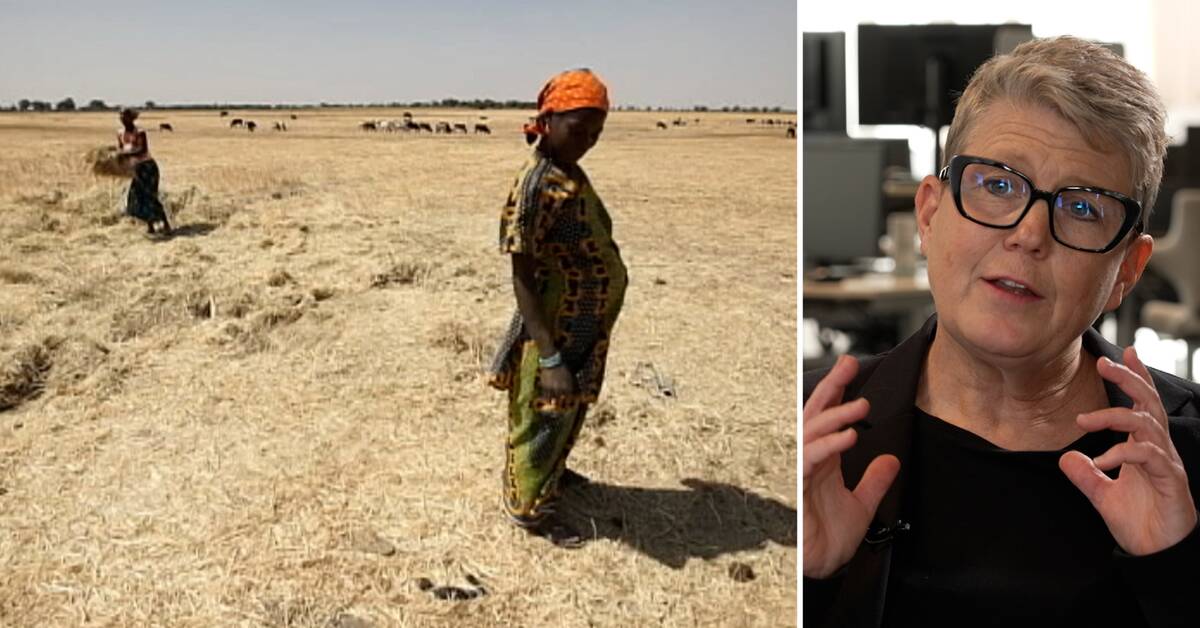Dry.
Misgrowth.
Starvation.
Floods.
People in poor countries are often worst affected by the consequences of climate change.
At the same time, their societies have historically had the least responsibility for the emissions that create climate change.
- One million people are dependent on the help and support that only our organization provides, says Secretary General Anna Tibblin.
Swedish climate assistance initiatives can be about building sustainable small-scale agriculture.
Agriculture that will produce less emissions, and safer harvests.
And at the same time be more resilient to climate change.
- There are huge cuts.
We are forced to go through each project and see if we can find someone else who wants to finance them, otherwise life-threatening efforts are threatened, says George Onyango, country manager for We effect in Kenya.
Projects that have been built up can be demolished
The government's cuts to aid organizations by 39 percent do not just mean savings, according to Anna Tibblin.
This means that projects and local partner organizations that have been built up over several years can be demolished.
- We will of course receive refugees from Ukraine.
But do not pay with aid and climate aid.
It is to put the weakest groups against each other, she says.
At the same time, she wants to compare the government's efforts.
Among poor people in Africa, two-thirds or more of household money often goes to food.
Due to non-delivery of not least wheat from Ukraine and Russia, food prices have risen by as much as 50 percent due to the war.
It is these people whose aid is now being cut, at the same time as the government is spending SEK 8 billion on lowering the tax on petrol and diesel, and giving Swedish motorists cash subsidies.
- The Debt Office says that Sweden has very strong finances.
We should be able to afford both refugee reception and assistance, says Anna Tibblin.

